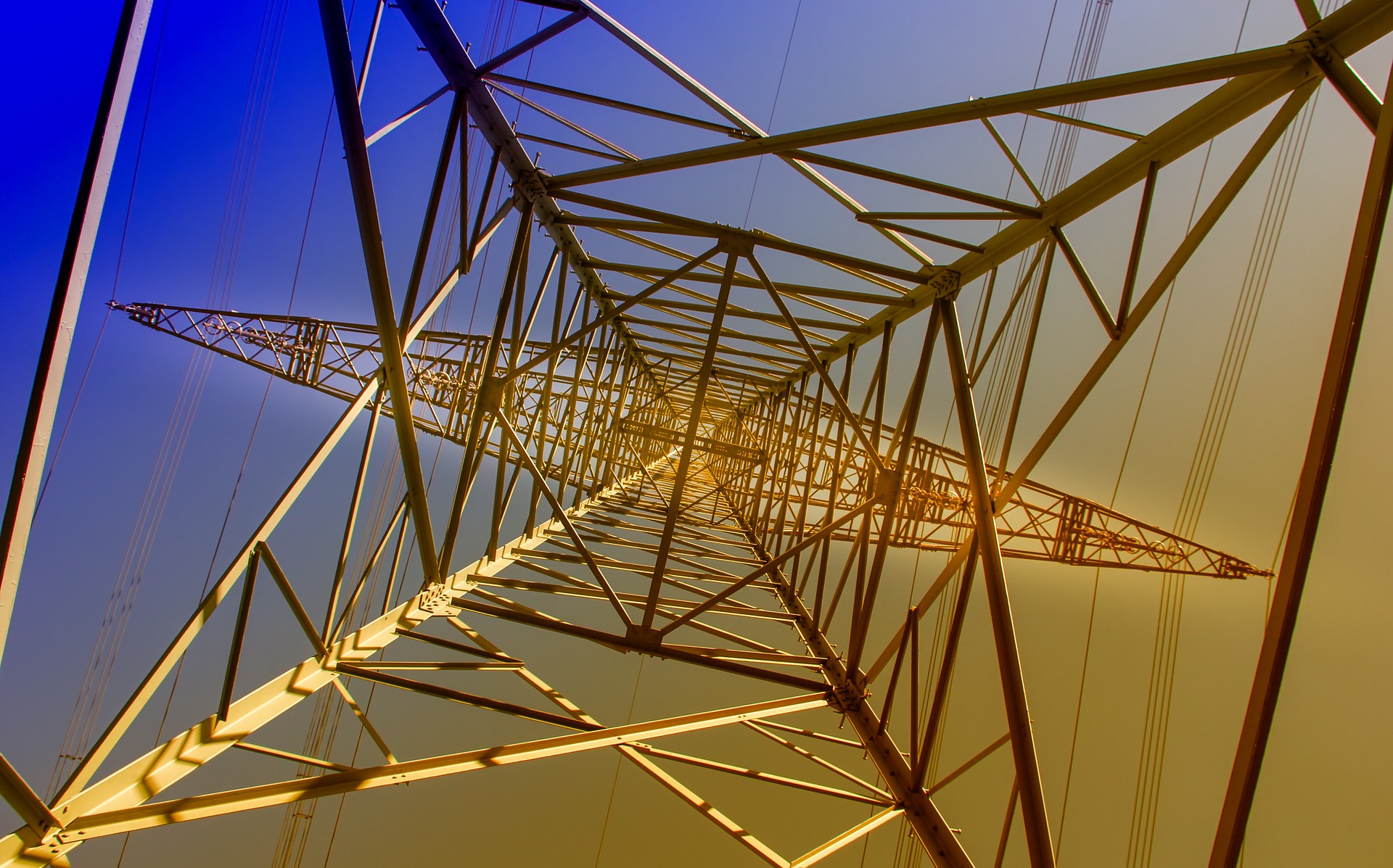NAGING KAMPANTE? Energy independence PH’s problem for decades, expert says
- September 6, 2019
- 0

“In 1986, when I left the government, we have already developed indigenous energy security. Today, I’m told we’re still at 50 percent,” Sali said.
“It’s a bit disappointing but we need to start thinking outside the box because in 1973, we were struggling with the same theme. Where is indegenous energy? How will we solve it? In 1986, we solved it. We developed oil, we developed geothermal, we developed coal to the point we’re 50 percent independent,” he added.
Sali was alluding to the energy crisis in 1973 when the world faced an oil embargo which resulted in limited imported petroleum and high prices.
With the measures taken after the 1970s to strengthen the country’s indigineous energy sources, Sali noted that he expected that the country would be in a position of worrying about pricing its excess oil produced.
“It’s not all our fault. There are some headwinds that have gone our path,” he explained.
Sali noted that the further reduction of oil prices was a contributing factor to the withstanding energy independence problem, as well as current geopolitical issues and government policy changes.
This week, oil companies were expected to adjust their product prices as global prices continue to lower mainly due to the US-China trade war.
As for the current territorial dispute, the disputed West Philippine Sea area has an estimated 11 billion barrels of untapped oil and 190 trillion cubic feet of natural gas, which could significantly contribute to the country’s energy mix if given the chance to explore freely.
The bureaucratic red tape also hinders the fast construction of power plants. Lawmakers crafted measurements to address this problem, such as the passage of Republic Act (RA) 11234 or the “Energy Virtual One-Stop Shop (EVOSS) Act.”
Aside from these factors, Sali also included the lack of exploration activities for the last 30 years.
Moreover, the current contracting process also slowed down the exploration efforts that should have been done, Sali implied.
“In the Martial law era, we innovated something new. This is seismic survey contract. Meaning to say, you don’t have to sign a rigid service contract but you have to commit to gather data,” he explained.
The previous seismic survey contract works by allowing companies to gather data and conduct studies of a prospect area and if the companies haven’t found anything substantial, they are not obligated to continue drilling activities in the area. However, the data collected will be given to the government.
“But if you do find something, you get all the perks,” Sali added.
The former deputy director enumerated possible solutions for the long-lasting energy independence problem, such as the usage of Malampaya fund to finance exploration efforts, to further promote to investors the development of the Philippines’s indegenous sources, and to be consistent with the country’s exploration efforts.
“When we discover something big like the Malampaya, let’s not wrinkle our hands and say ‘wow, we’re okay. We have a giant field.’ I think that’s what happened. Everybody became complacent at the discovery of Malampaya. Campaign for new explorations seemed to have deteriorated, leaning to just one discovery in 30 years. Let’s not get back to that situation again.”
The DOE has mentioned that Malampaya can still produce supply until 2026 to 2029. The government has not shared its future plans for Malampaya.